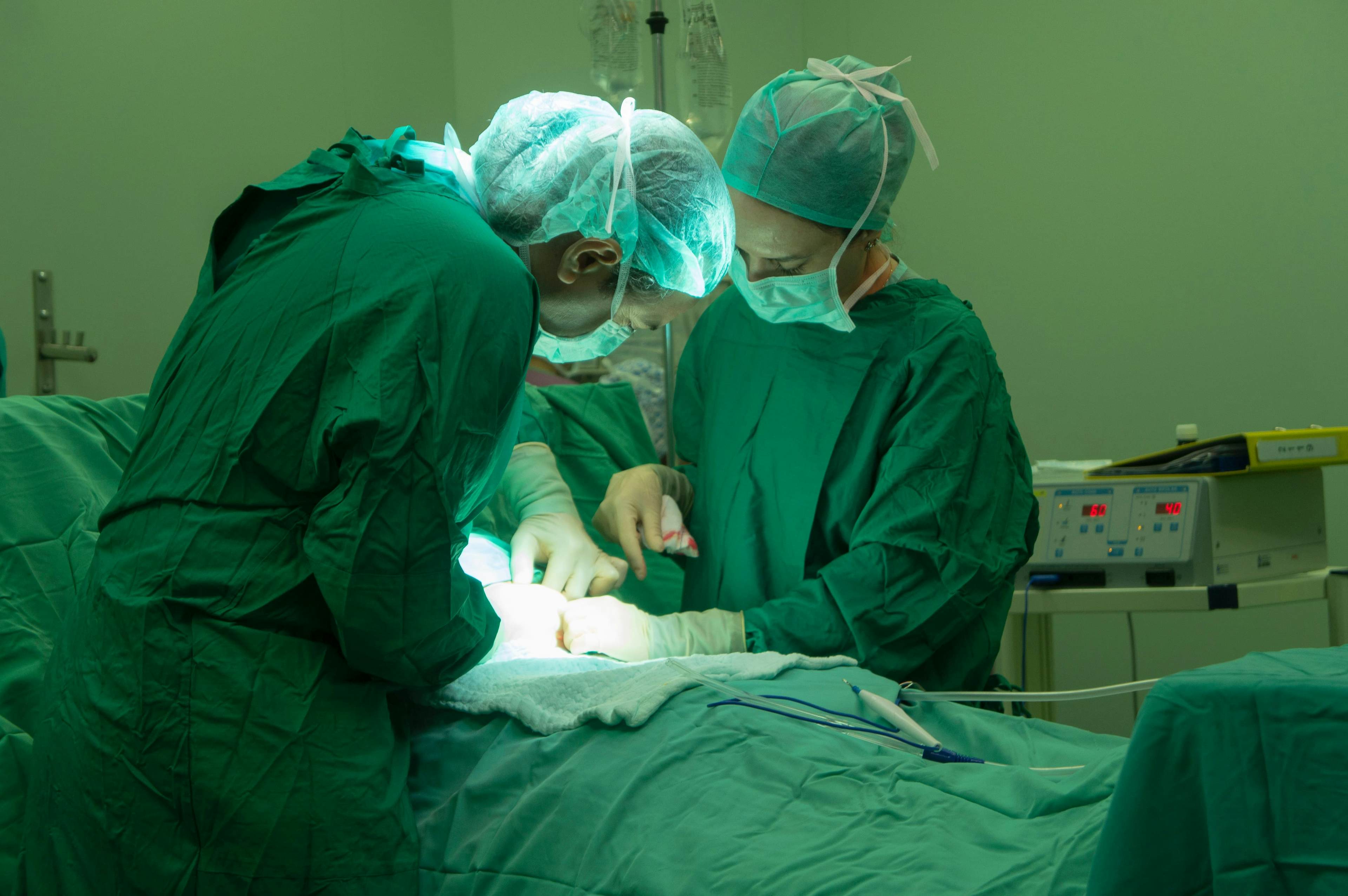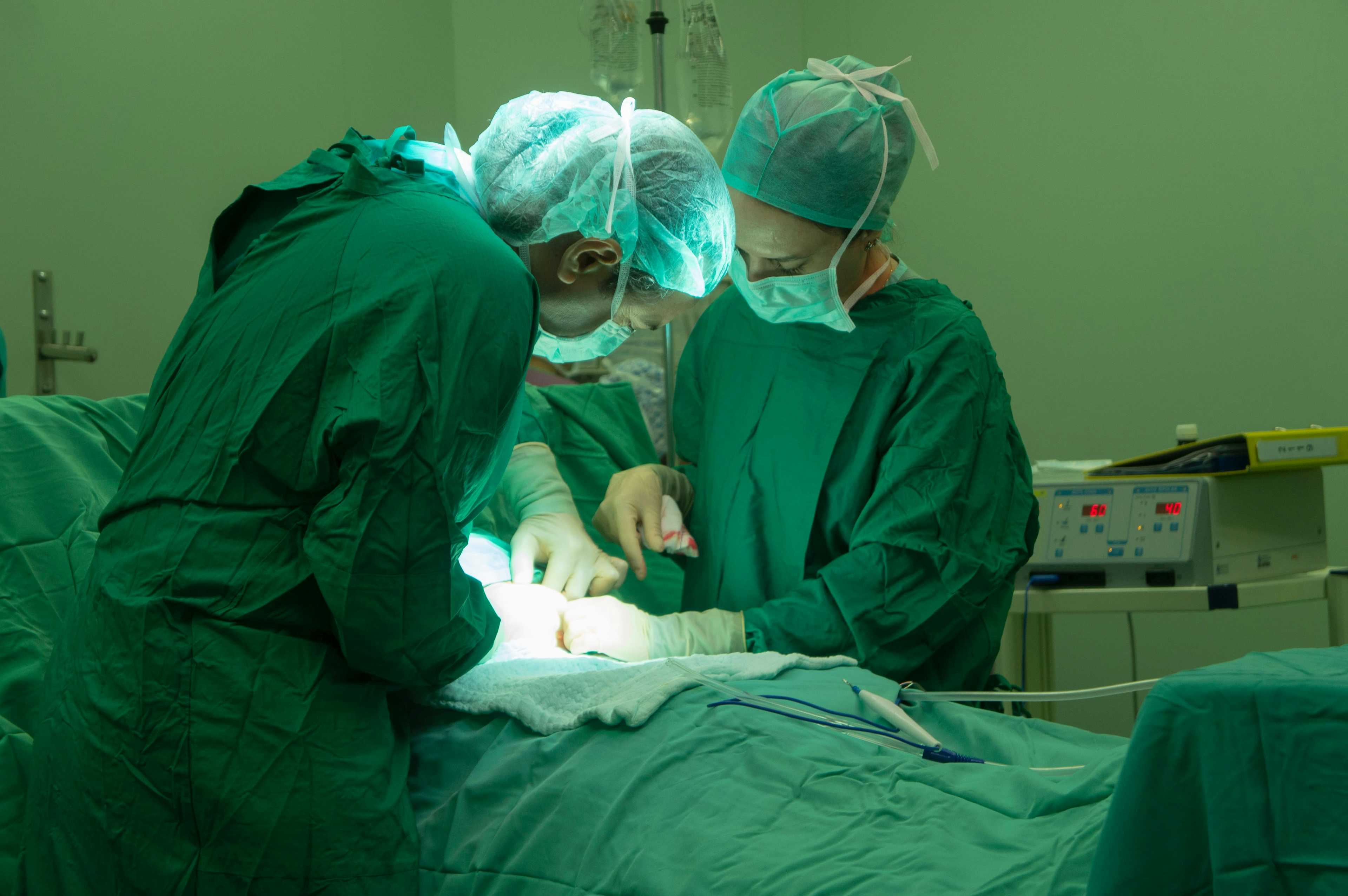What Happened in the Penn Medicine Case?
The family of a young boy brought the case against the Hospital of the University of Pennsylvania, commonly known as Penn Medicine. Their lawsuit claimed that in 2018, Penn Medicine failed to perform a timely cesarean section despite indications the procedure was necessary.
Due to the failure to perform the timely c-section, the lawsuit alleged, the child was born with cerebral palsy. The child also has other neurological injuries and neurodevelopmental delays, and he is expected to require care for the rest of his life. Had the c-section been performed just one hour earlier, the family’s attorneys argued, the child would have been born free of these injuries.
The child’s mother presented to the hospital with chorioamnionitis, according to the lawsuit. Chorioamnionitis is an infection of the placenta and the amniotic fluid that surrounds a baby in utero. According to Stanford Medicine, chorioamnionitis is more likely to occur when the amniotic sac is ruptured prior to birth. Symptoms may include a fever, a fast heart rate, a noticeable bad smell from the amniotic fluid, and pain or soreness in the uterus.
Antibiotics may be used to treat chorioamnionitis. In some instances, early delivery of the unborn baby, such as through cesarean section, may be recommended to protect the child from the effects of the infection.
At trial, Penn Medicine argued that its employees operated within the standard of care when treating both the parent and child. Penn also claimed that the infant had suffered a brain injury before the mother arrived at Penn. The hospital has indicated that it is likely to file an appeal in the case.
The plaintiffs are represented by Charles Gilman, Briggs Bedigian, Jon Stefanuca, and E. Merritt Lentz of Gilman & Bedigian LLC.
The Jury’s Verdict
The jury ultimately held Penn Medicine liable for the child’s birth injuries. The jury’s award, which totaled nearly $183 million, included $10 million for past pain and suffering, $70 million for future pain and suffering, and $1.7 million for lost earnings. It also includes $101 million for future medical care costs.
The verdict set a record as the largest medical malpractice verdict in Pennsylvania’s history, according to an analysis by The Legal Intelligencer. The previous record was set in a 2000 case in which the jury awarded $100 million.
Recent trends in Pennsylvania medical malpractice verdicts have leaned toward larger verdicts, however, with ten jury verdicts for at least $10 million apiece appearing in 2022 and the first half of 2023. By comparison, the years 2011 to 2021 saw only two years in which three or more cases returned verdicts of $10 million or more.
Penn Medicine plans to contest the verdict, beginning with a post-trial motion. The case may proceed to an appeal with the Superior Court once the post-trial motion is addressed.
Key Takeaways for Attorneys
Often, juries weigh the human factors of the case in addition to scientific evidence and professional standards of care. In this case, one issue focused on whether the child was in a vegetative state.
To counter this claim, plaintiffs’ lawyers brought the child into the courtroom for approximately 20 minutes. Seeing the child and mother together allowed the jury to observe their connection and weigh the likelihood of the child’s suffering. This human observation may have contributed to the size of the jury’s verdict regarding the child’s past and future pain and suffering. Attention to these human details can paint a clearer picture for jurors of a plaintiff’s actual day to day experience.
Also, large medical malpractice jury verdicts for birth injuries are becoming more common in Pennsylvania and other states. Yet these verdicts are not going uncontested. As verdict amounts increase, so does the appetite of defendants for a lengthy appeals process. Developing a clear record, bolstered by expert witness testimony, is essential for attorneys who wish to see these jury verdicts survive on appeal.




